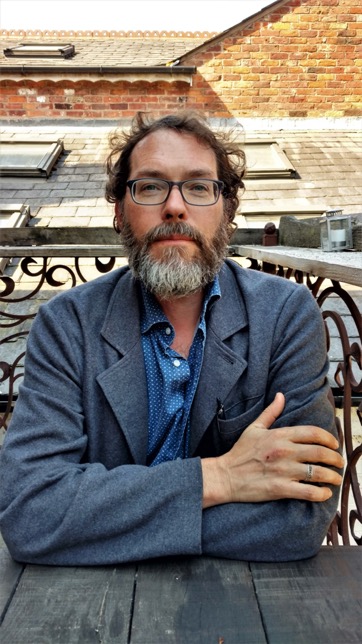Takeaway
Yoga can help you to restore and reset your mind, emotions, and spirit during stressful times. This practice may allow you to give better care to your patients.

Lifelong Learning in Clinical Excellence | October 6, 2020 | 4 min read
By David Kopacz, MD, University of Washington
To be a healer requires a practice, however the current practice of medicine leads to 50% or more of clinicians to experience burnout, which is increasing due to the added stress of the pandemic. The practice of medicine has been de-professionalized in scope, defined as a set of technical skills rather than the growth and development of human beings supporting other suffering human beings.
The word yoga comes from the Sanskrit root, yuj, which means “to yoke.” This could mean yoking mind and body together, or spirit and body. We can think of burnout as a kind of soul loss—a loss of vitality, meaning, connection, and purpose in professional life. Maybe a yoga (yoking) practice could help us to become healers again, to help us to recover our lost souls and the lost soul of medicine.
Ancient yoga practitioners acknowledged “that life is full of struggle and pain,” and yet, “found that struggle itself could be transmuted into the most noble characteristics of the human being.” The Sanskrit word samvega has a meaning similar to burnout: “a complex state involving a kind of disillusionment with mundane life, and a wholehearted longing for a deeper investigation into the inner workings of the mind and self.” Whereas we look at burnout as a condition to get rid of or prevent, a yoga practitioner would see burnout/samvega as a gift that brings “an unshakeable resolve to develop as a fully alive human being.”
Instead of trying to get rid of or prevent burnout, we could welcome it as a reminder that we’re living in a dehumanized way. The purpose of human life is not to be efficient, productive, to perform techniques and procedures, and to generate RVUs. The purpose of life is to be a fully alive human being and it’s a gift to be reminded to ask ourselves the questions: “Who am I? Why is there suffering? Can suffering be relieved? What is the meaning and purpose of my life?”
Samvega can lead us into a practice of continually returning to fully alive human being. The ancient yogis took this even further, seeking nirvana, which literally means “to cease to burn.” Why would anyone seek burnout? The Buddha taught that beneath the flickering flame of desires is nirvriti, which means “bliss” which is how “the world appears when the wisdom eye is opened.” Ultimately, suffering is transformed into bliss and joy!
Richard Miller, speaking about the practice of yoga nidra (which he developed as iRest), writes that “even in the midst of pain and suffering . . . you can still feel joy . . . it is already inside you, waiting to be released.” In this way joy isn’t the opposite of burnout, but arises out of connecting (yoking) mind, body, and soul, deeply feeling the experience of being fully human. By rejoining our feeling soul with our functioning body, we can experience joy even in the midst of suffering. This requires a yoking practice.
What if we were to take this approach to burnout? What if instead of preventing burnout, we embraced it as an invitation to enter into a practice of transforming suffering into joy? What kind of support structure would we need for this? What would our professional institutions look like? What would the practice of healthcare look like if every professional was on a path of practicing being fully human?
Yoking body, emotions, mind, heart, and soul exercise:
1. Lie down or sit comfortably. Take a few deep breaths, settling in. Take a moment to scan your body—don’t try to change anything, just notice your head, neck, chest, arms, hands, hips, legs, and feet.
2. Notice your emotions, see if they rest any particular place in your body—yoke your emotions and body together.
3. Notice any thoughts, whatever they may be. Now yoke your thoughts, emotions, and body.
4. Notice your heart space, allow it to soften, and sink into it, if that feels right. Now yoke your heart, thoughts, emotions, and body.
5. Notice your soul—your vitality, your meaning and purpose, your sense of connecting to life. If you’re having a lot of burnout, you may feel only emptiness or loss—that’s ok, yoke whatever sense of your soul you have with heart, mind, emotions, and body.
As you yoke these different dimensions together, notice any changes. Sometimes there is a sense of flow, wholeness, rest, or peace. Feel life flowing through you. Oxygen flowing into your lungs and carbon dioxide out. Oxygen into your bloodstream as your blood circulates from your heart to the periphery of your body and then back to your heart to pick up more oxygen. Imagine that oxygen entering your cells gives off joy and peace. Allow the joy and peace of your existence to permeate your being.
Author’s note: This piece is a condensed and re-written concept that will be published in the chapter “Clinician Resilience” in the forthcoming “Integrative Medicine,” 5th Edition, David Rakel (ed).

